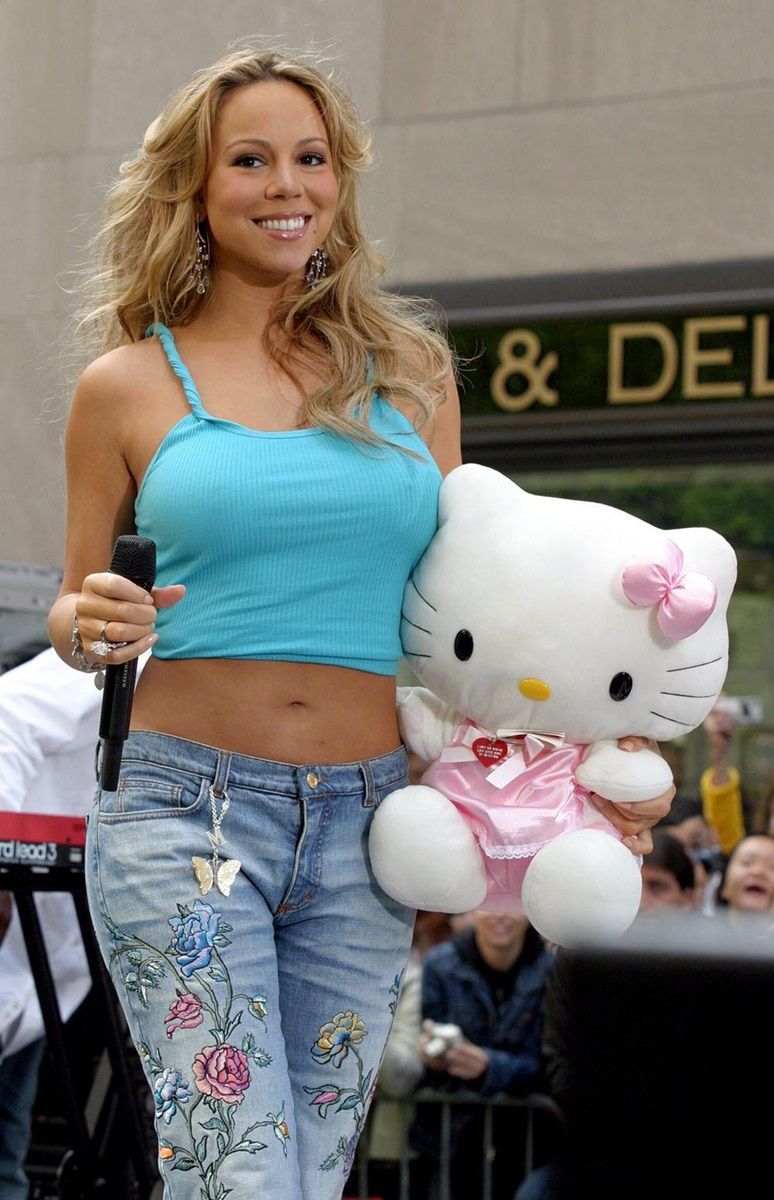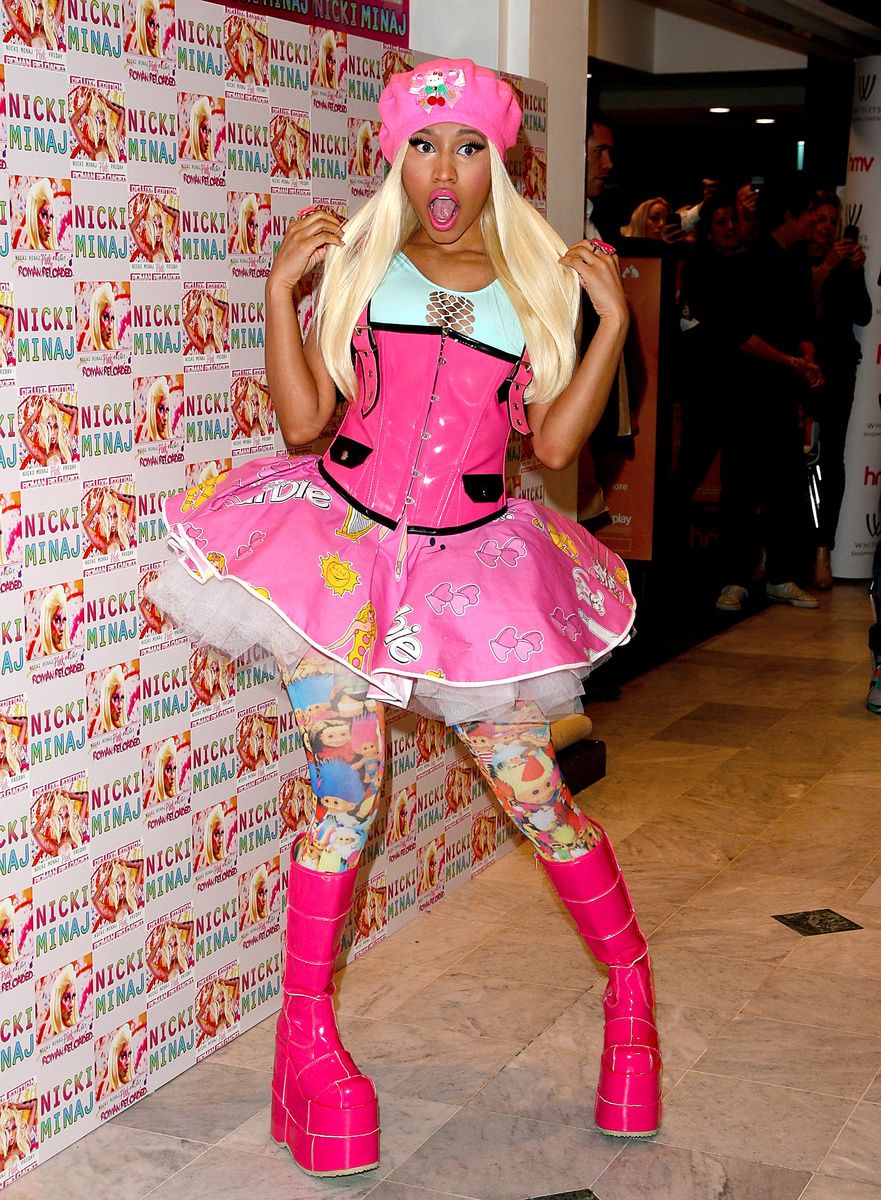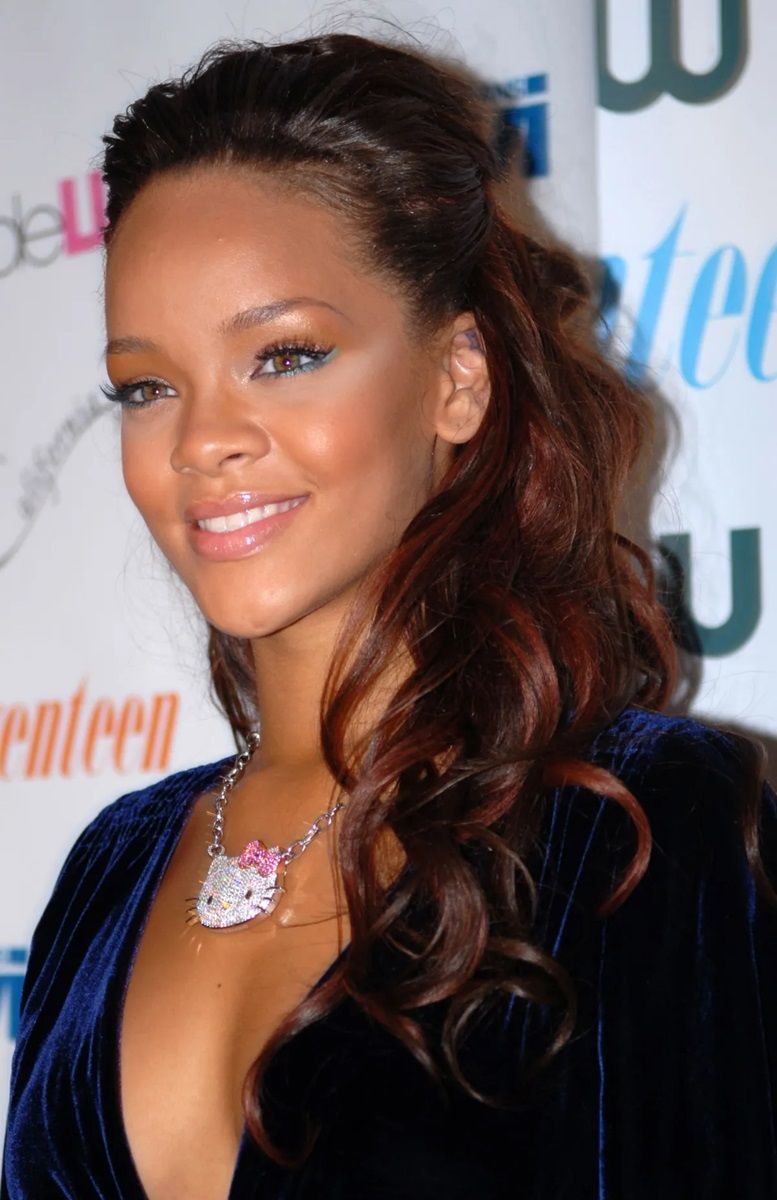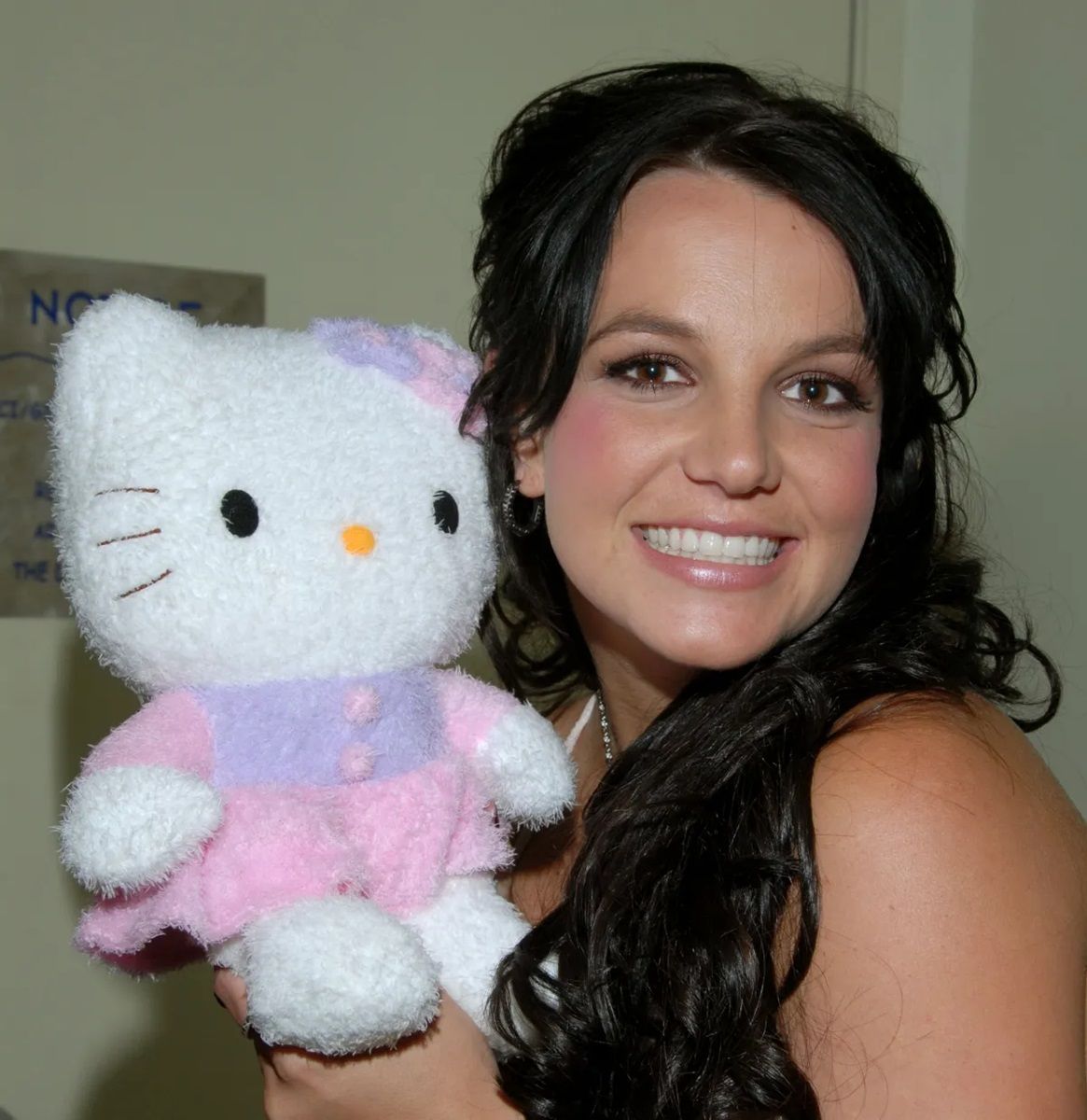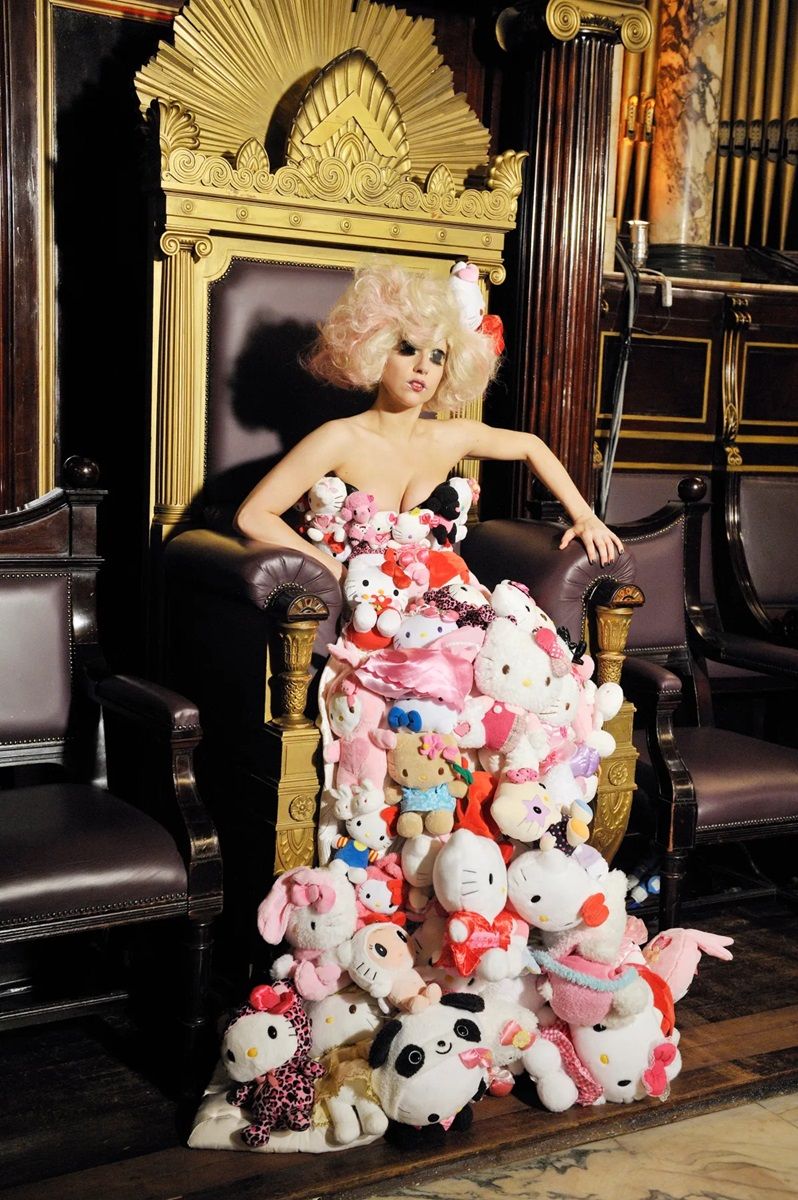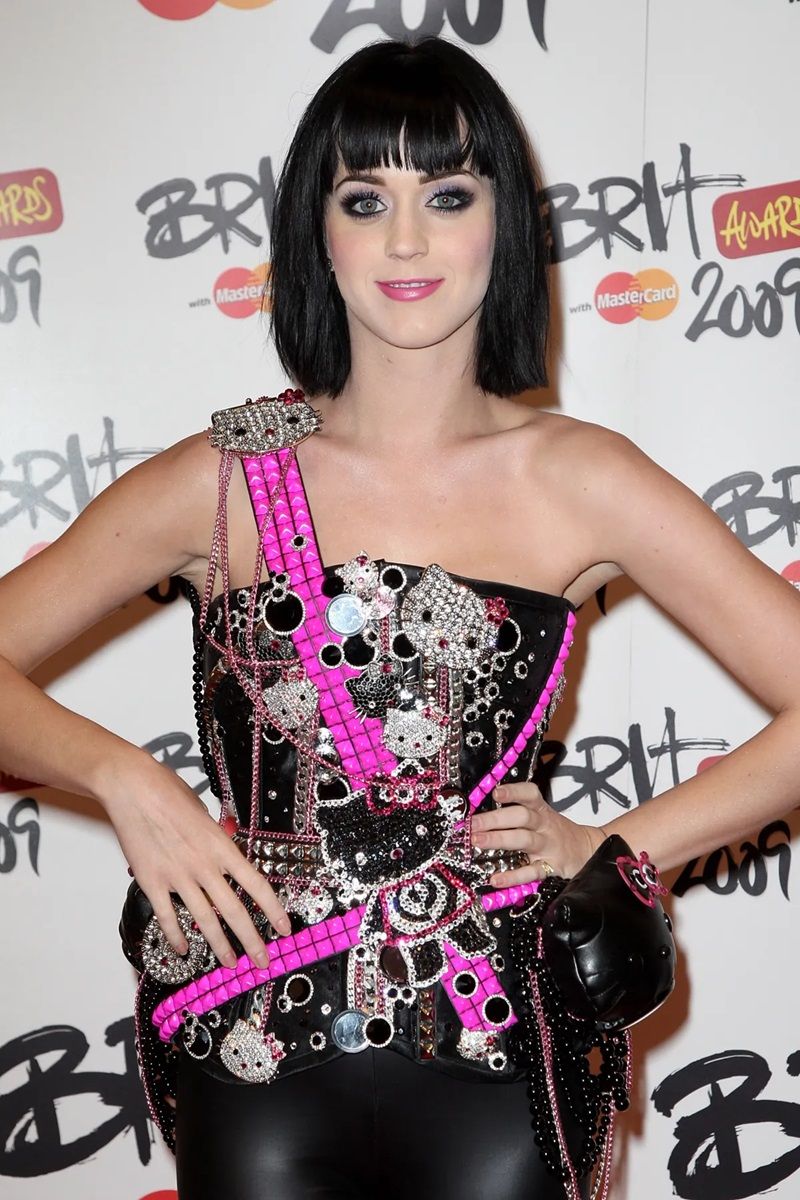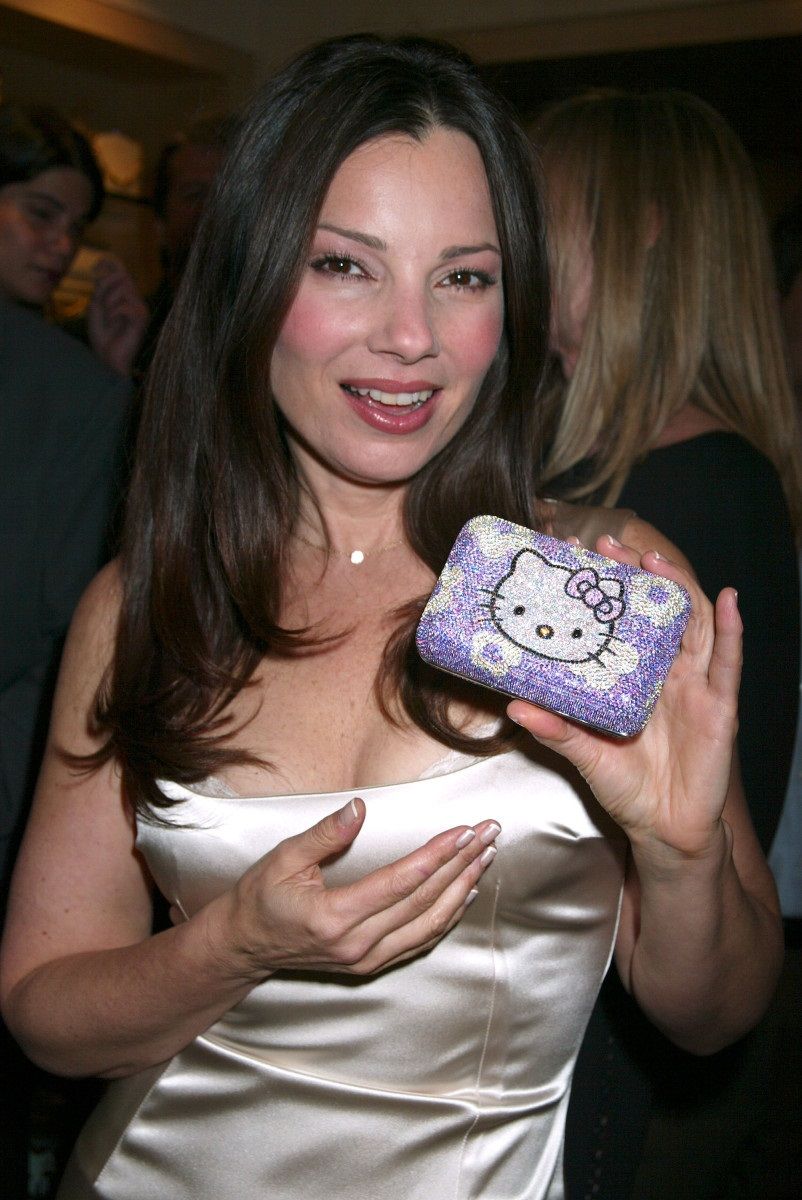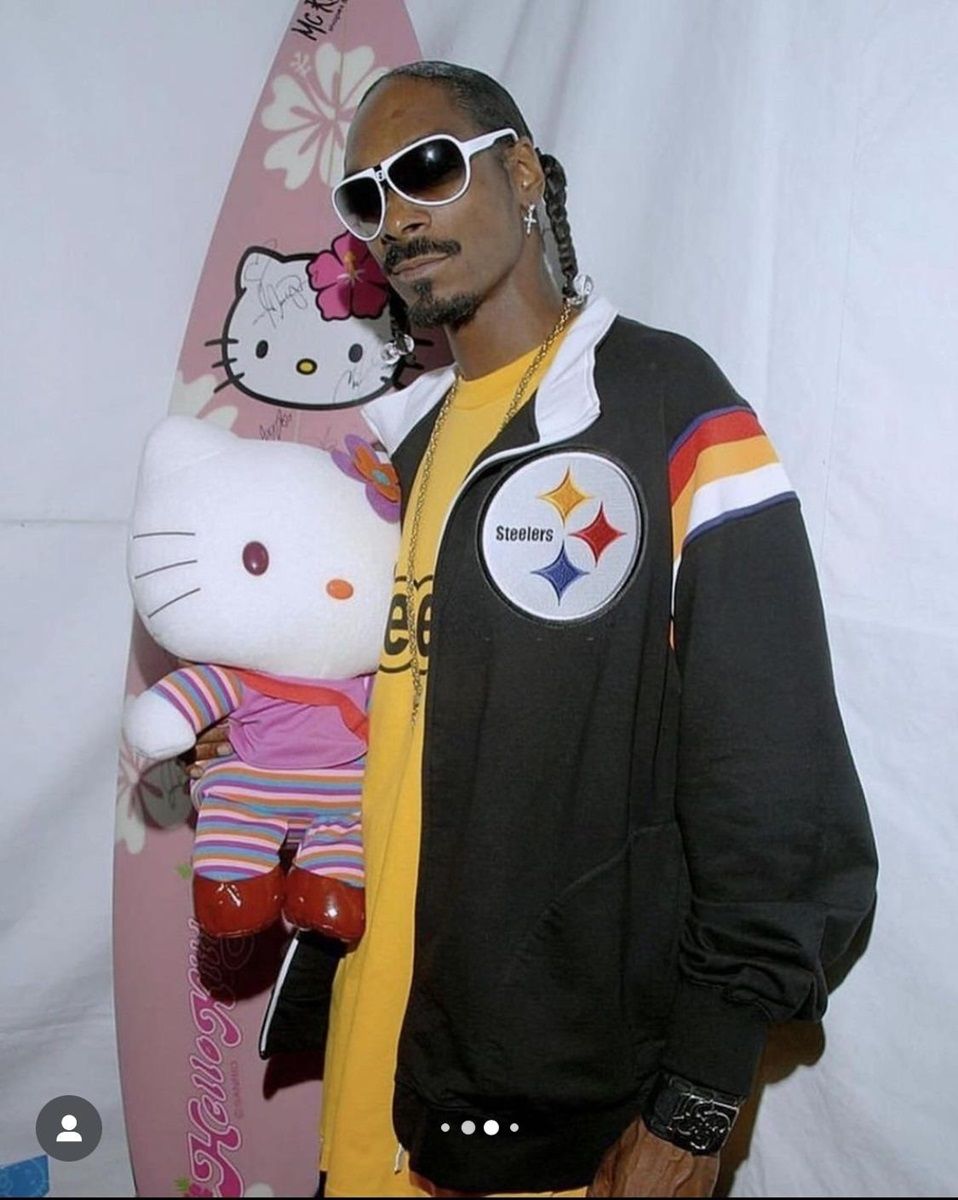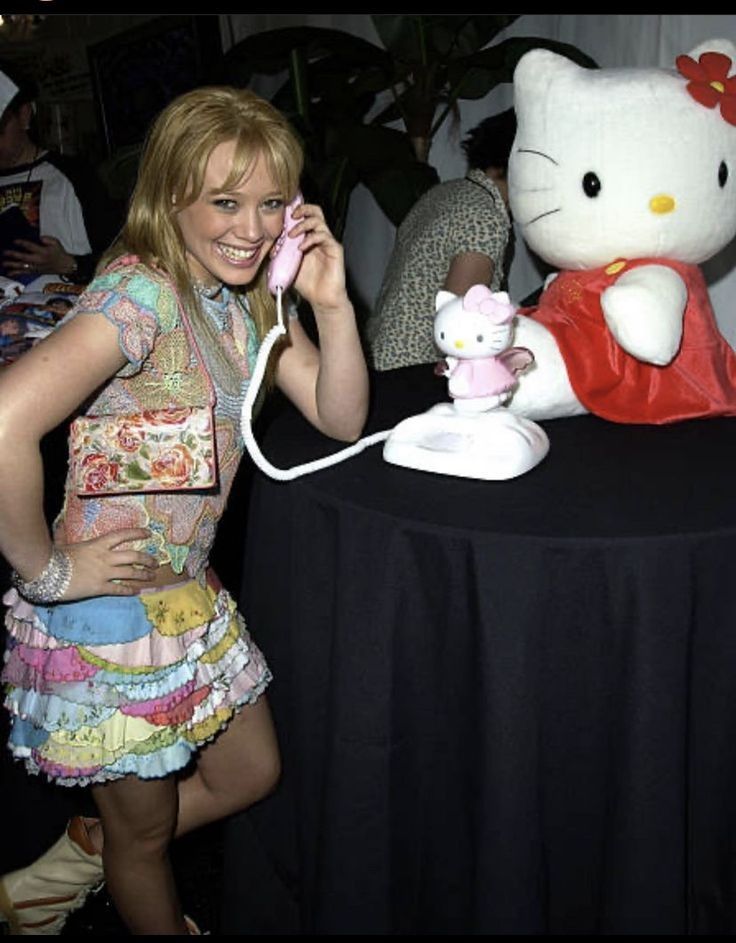
How the Hello Kitty trend has evolved over the years A journey into the world of the world's most famous kitten
No one is more famous than Hello Kitty. No one can bridge both high and low culture. No one is more beloved. Not Dua Lipa or Jacob Elordi. How can a, albeit adorable, manga cat conquer the entire world, printed on everything, from bags to debit cards, from Stratocaster guitars to high-speed trains, from a fleet of planes to cafes, with over 50,000 product lines and an annual turnover that exceeds a billion dollars? Why do entire generations, celebrities included, continue to wear, adore, and adopt it as part of their style and daily life?
The Origins of Hello Kitty
Created by Yuko Shimizu in 1974, Hello Kitty first appears on a Japanese vinyl wallet. Then, school-related products like notebooks, pens, and pencil cases follow, and gradually the rest of the world begins to notice the character. As its popularity grows, curiosity about the cat with a red bow over her left ear increases. The theories about her true identity multiply until it was discovered a few years ago that the sweet creature is not an animal but an English girl of about eight years old, as tall as five apples and as heavy as three, whose full name is Kitty White. Or rather, to be precise, it is an anthropomorphism, like Mickey Mouse.
Hello Kitty Conquering the World
Since the mid-’90s global success, Hello Kitty has become a true cult object, so popular that it invades every object: from cell phones to kitchen utensils, from cars to jewelry, from sex toys to musical instruments, from coffins to Ferrari cars. The love for the sweet creature is still so great today, both in her home country and worldwide, that hotels, trains, cafes, theme parks, and films dedicated to her are multiplying. Time magazine called her a "cult figure polarizing worldwide", and it is not surprising that she was named the United States Children's Ambassador by the United Nations Children's Fund, only nine years after being created. In 2024, Hello Kitty turns 50 years old, is now part of pop culture, the only cat (or girl?) capable of uniting celebrities, art, fashion, and counter-culture. To paraphrase Christine R. Yano in Pink Globalization Hello Kitty’s Trek across the Pacific, Hello Kitty embodies both a kind of "Marxist fetishism, where the connection between people is replaced by the connection to an object," and Freudian fetishism, where loaded objects indicate an idealized childhood and the comfort of the maternal womb.
Not Just a Children's Character, but a Symbol of Personal Expression
The childish, defenseless appearance and pastel colors can be deceiving. The manga invented by Shimizu is not for the faint of heart. It quickly left the boundaries of the children's world to infiltrate the wardrobes and lives of teenagers and adults, becoming an unexpected constant presence in many youth subcultures. The perfect embodiment of kawaii, the Japanese cute culture, always has subversive roots. Its creation coincides with the rise of women as a powerful consumer force in Japan in the '70s and '80s, asserting itself in the '90s as a distinctive street style thanks to "the Harajuku girls in Tokyo rebelled against the restrictions of their social norms and used Hello Kitty as an ally in their rebellion". The looks that embrace sweetness and childlike innocence, sometimes ironically and sometimes as a critique of stereotyped femininity, have been adopted by Riot Grrrl, goth and emo from the mid-2000s, English clubbers, and LGBTQIA+ communities, where Hello Kitty has always been considered a subversive element to talk about gender, sexuality, and queerness. The Riot Grrrl movement of the '90s adopted Hello Kitty as a mascot, transforming it into a punk icon. Appropriating the cuteness and aesthetic of Hello Kitty was a way to dismantle stereotypes, mocking them, showing a powerful and non-assertive femininity, a woman being "on our terms." A few years later, Hello Kitty entered the rooms of goth and emo, among creepers and skinny pants, fitting perfectly into the mix of sweetness and melancholy as a blank canvas on which to project emotions and style.
An icon loved by celebrities, fashion and art
Celebrities adore Hello Kitty and wear her little face on T-shirts, sweatshirts, swimming costumes, handbags, hair accessories, jewellery or, like Paris Hilton, Britney Spears and Mariah Carey, flaunt her giant stuffed animal as if it were the coolest of all accessories. And what about Dua Lipa in a bikini and moon boot with a Sanrio figure or Saweetie in a laser kitten bralette with kitten-shaped pendants? The art and fashion world can't resist the Japanese kitten either. Among the many artists who have played with the image of the popular anthropomorphic cat over the years are Shepard Fairey with his street style, sculptor Colin Christian with his robotic version, Buff Monster, Kozyndan, Paul Frank, POSE, Raul Gonzalez, RISK and Ron English. However, the most famous artist to have reworked the cute Kitty is Tom Sachs with a series of giant installations and the provocative Hello Kitty Nativity, a nativity scene in which the protagonists are Hello Kitty and Bart Simpson in different variations. Brands and designers that have collaborated with Hello Kitty or incorporated her into their creations include Blumarine, Yohji Yamamoto, Balenciaga, Comme des Garçons, Nike, Puma, Doc Martens, Crocs, Uniqlo, Christian Louboutin, John Galliano, Vans, MAC, Louis Vuitton, Stussy, Converse and many, many more.
Happy birthday Hello Kitty: a London exhibition celebrates her cuteness
Hello Kitty's 50th birthday celebrations have been underway for a while and will likely continue throughout the year. London's Somerset House is dedicating an exhibition to cuteness, exploring how the phenomenon evolved and took hold. On view through April 14, 2024, Cute brings together emoji, Internet memes, video games, stuffed toys, robots, food and any other gadget that exudes cuteness and sweetness. Artists contributing to the exhibition include Mike Kelley, Yumeji Takehisa, Aya Takano, Ado Mizumori, Juliana Huxtable, Wong Ping, Rachel Maclean, and Ram Ham. Of course, there is an entire section devoted to Hello Kitty, with an exhibit dedicated to the Sanrio character and her evolution over the decades, a plush area where you can see superfan Amy-Louise Allen's collection of more than 50,000 pieces of the cute cat, and even a Hello Kitty-themed disco where you can dance to the beat on pop and disco hits by Olivia Newton-John and Donna Summer.
Hello Kitty is here to stay
Hello Kitty is 50 years old and is still very popular. She has no intention of giving up her dominance of pop culture, not even to the wild Pokemon. That's why her gadgets are still part of the wardrobe of so many in 2024. If Dua Lipa, Kim Kardashian, Chiara Ferragni and millions of other boys and girls continue to wear them on clothing, accessories and nail art, it's no coincidence. Perhaps it is also so popular because there are more and more aesthetics that are reminiscent of childhood, such as cutecore and girlhood. The world's most famous cat fits in perfectly. Perhaps it's because it's iconic and instantly recognisable when it hangs from bags or adorns a T-shirt. For many, however, the key to her immortality lies in the fact that she is indecipherable, so that anyone who looks at her (or wears her) can project their own reflection..
The secret of Hello Kitty's success
Many believe that the key element of the Sanrio character is the same one that enhances her success: the lack of a mouth. The neutral, expressionless design allows people to see what they want in her. Yuko Yamaguchi, Hello Kitty's current character designer, explains it well:
"[She has no mouth] so that people looking at her can project their feelings onto her face, because she has an expressionless face. Kitty looks happy when people are happy. She looks sad when they are sad. For this psychological reason, we thought she shouldn't be associated with any emotion - and that's why she doesn't have a mouth."
This essential design, this hollowness, this semantic flexibility allows people to see in Kitty what they prefer, and also to reject different personalities by changing just a few details: from rocker to cook, from nurse to astronaut, from teacher to princess, ... and are the real reason for Hello Kitty's worldwide dominance. Labelling her is impossible. She is a blank canvas that anyone can paint on as they wish.






















































